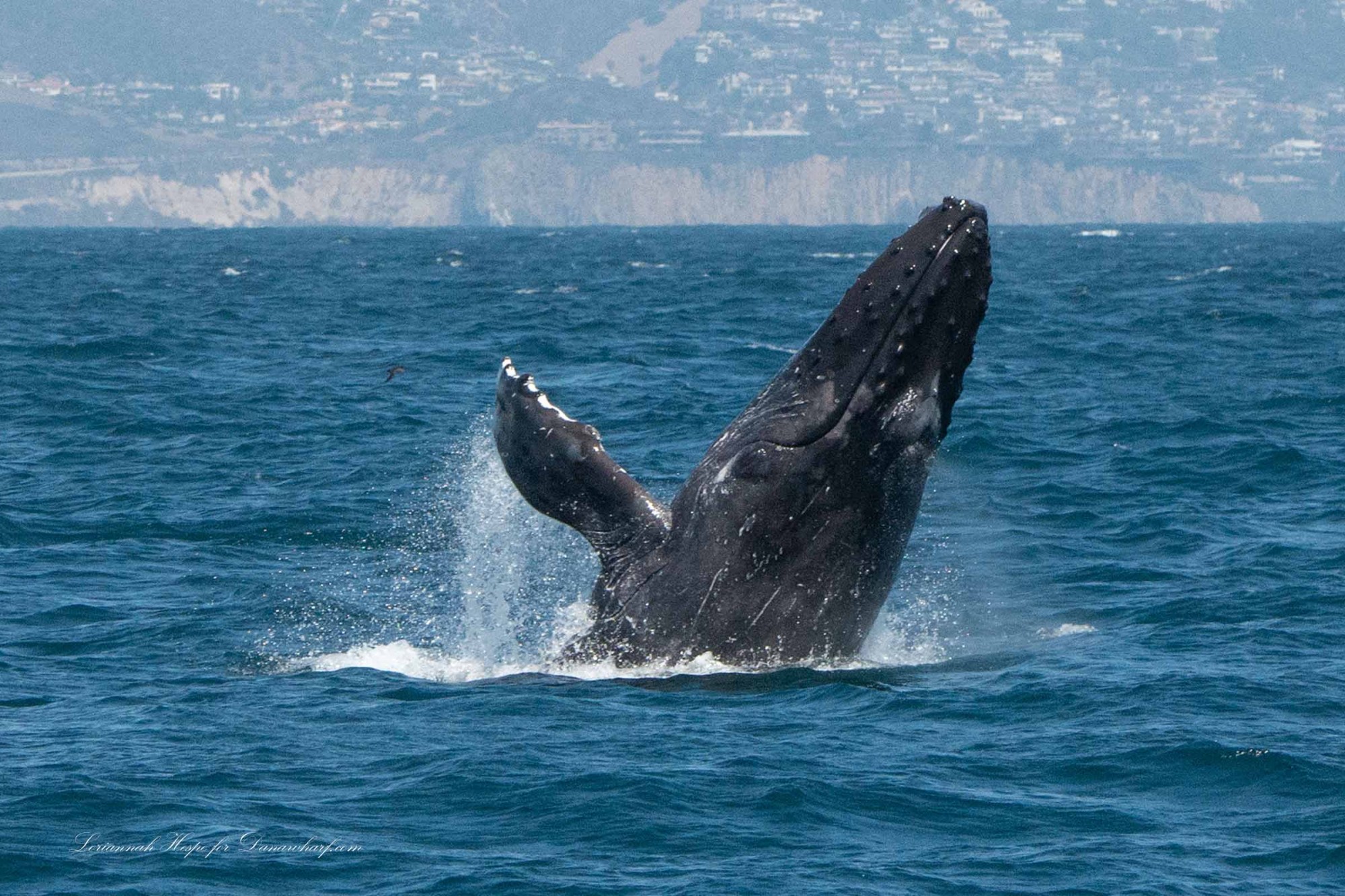Exploring the Enormous Humpback Whales

Humpback whales are one of the most majestic creatures in the ocean. These ocean giants are known for their impressive size and unique behaviors, making them a popular attraction for marine mammal enthusiasts. In this article, we will explore the incredible size of humpback whales and why they are a must-see on any dana wharf whale watching tour.
The Basics of Humpback Whales
Before we dive into their size, let’s first understand the basics of humpback whales. These marine mammals are found in all major oceans around the world and are known for their long migrations. They can grow up to 52 feet in length and weigh up to 40 tons, making them one of the largest animals on the planet.
Humpback whales are easily recognizable by their long pectoral fins, which can reach up to one-third of their body length. They also have a distinctive hump on their back, which gives them their name. These whales are also known for their acrobatic behaviors, such as breaching and slapping their tails on the water.
The Size of Humpback Whales
by Héloïse Delbos (https://unsplash.com/@hello_wizz)
As mentioned earlier, humpback whales can grow up to 52 feet in length and weigh up to 40 tons. To put that into perspective, that is about the size of a school bus! Their pectoral fins alone can reach up to 16 feet in length, making them the longest appendages of any animal on Earth.
But what makes humpback whales truly impressive is their weight. These massive creatures can weigh up to 40 tons, which is equivalent to the weight of 8 elephants! Their size and weight make them one of the largest animals in the ocean, and it’s no wonder they are often referred to as ocean giants.
Why Are Humpback Whales So Big?
The size of humpback whales is a result of their diet and lifestyle. These whales are filter feeders, meaning they consume large amounts of small prey, such as krill and small fish. To sustain their massive bodies, they need to consume large quantities of food, which is why they are constantly on the move and have long migrations.
Humpback whales also have a layer of blubber, which helps them stay warm in the cold ocean waters. This layer of fat also provides them with energy reserves during their long migrations. The combination of their diet and blubber layer allows them to grow to such impressive sizes.
The Importance of Humpback Whales in the Ocean
by Freysteinn G. Jonsson (https://unsplash.com/@freys)
Aside from their impressive size, humpback whales play a crucial role in the ocean ecosystem. As filter feeders, they help maintain a balance in the ocean’s food chain by consuming large amounts of small prey. They also play a role in nutrient cycling, as their waste products provide nutrients for other marine organisms.
Humpback whales also have a significant impact on the ocean’s carbon cycle. As they consume large amounts of carbon-rich prey, they help remove carbon from the atmosphere and store it in the ocean. This process, known as carbon sequestration, helps mitigate the effects of climate change.
Seeing Humpback Whales in Person
If you want to witness the impressive size of humpback whales for yourself, a dana wharf whale watching tour is the perfect opportunity. These tours take you out into the ocean, where you can see these magnificent creatures up close and personal.
During the winter months, humpback whales migrate to warmer waters to breed and give birth. This makes it the perfect time to see them on a whale watching tour. You may even be lucky enough to witness their acrobatic behaviors, such as breaching and tail slapping.
Safety First
by Patrick Hendry (https://unsplash.com/@worldsbetweenlines)
While it is an incredible experience to see humpback whales in their natural habitat, it is important to remember to prioritize safety. These are wild animals, and it is crucial to follow the guidelines set by the tour company and the National Oceanic and Atmospheric Administration (NOAA).
Some safety tips to keep in mind during a whale watching tour include:
- Stay at least 100 yards away from the whales.
- Do not approach the whales head-on or from behind.
- Do not feed or attempt to touch the whales.
- Do not make loud noises or sudden movements.
- Follow the instructions of the tour guide at all times.
By following these safety guidelines, you can have a safe and enjoyable experience while also respecting the whales and their natural habitat.
Humpback whales are truly impressive creatures, both in size and in their impact on the ocean ecosystem. Their massive bodies and unique behaviors make them a must-see on any dana wharf whale watching tour. By understanding their size and importance, we can appreciate these ocean giants even more and work towards protecting them for future generations to enjoy.
